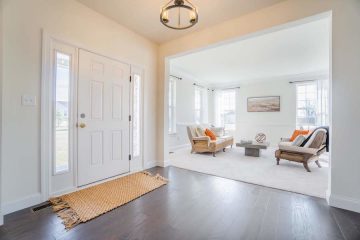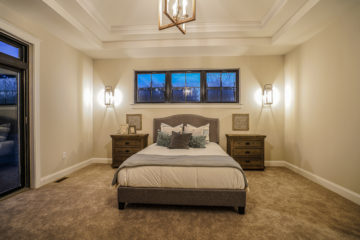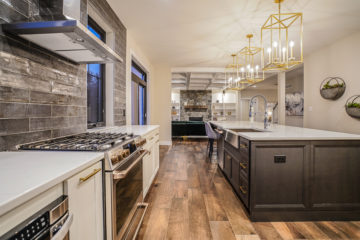Designing a home that genuinely enhances well-being and comfort requires more than just picking the right colors and furniture.
The layout of each room is a game-changer, profoundly shaping our emotions and behaviors. By mastering the psychology of room layouts, homeowners can create environments that boost mood, elevate productivity and significantly improve overall mental health.
Understanding Room Layout Psychology
Room layout psychology delves into how our surroundings influence our emotions and actions. Fundamental principles such as spatial flow, balance and symmetry are essential to creating harmonious and inviting spaces.
Spatial flow refers to the ease with which one can move through a room. Balance ensures that the space feels stable and grounded, while symmetry brings a sense of order and calm.
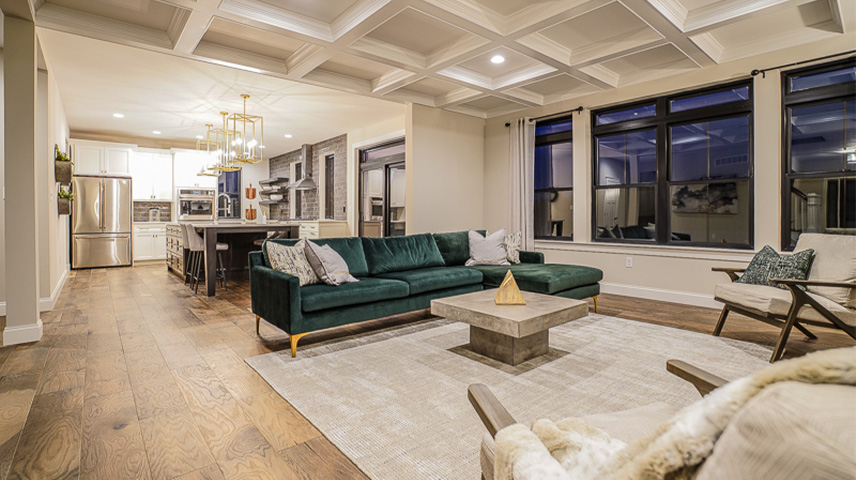
Living Room Layouts: Promoting Relaxation and Social Interaction
The living room is often the heart of the home, where families gather and hosts entertain guests. A well-designed living room should foster both relaxation and social interaction.
Arranging furniture in specific zones encourages conversation and connection. Clear pathways prevent a cluttered feel, while seating placement should facilitate easy eye contact and interaction. Comfortable seating and warm lighting further enhance the room’s inviting atmosphere.
Kitchen and Dining Area Layouts: Enhancing Efficiency and Togetherness
In kitchens, layout plays a pivotal role in functionality and family bonding. An efficient kitchen layout, such as the classic work triangle—which positions the sink, stove and refrigerator at three points of an imaginary triangle—reduces stress by making meal preparation smoother and more enjoyable.
In dining areas, round tables are excellent for fostering conversation and adjustable lighting can create the perfect ambiance for different occasions. Positioning the dining table away from direct paths can also minimize meal distractions.
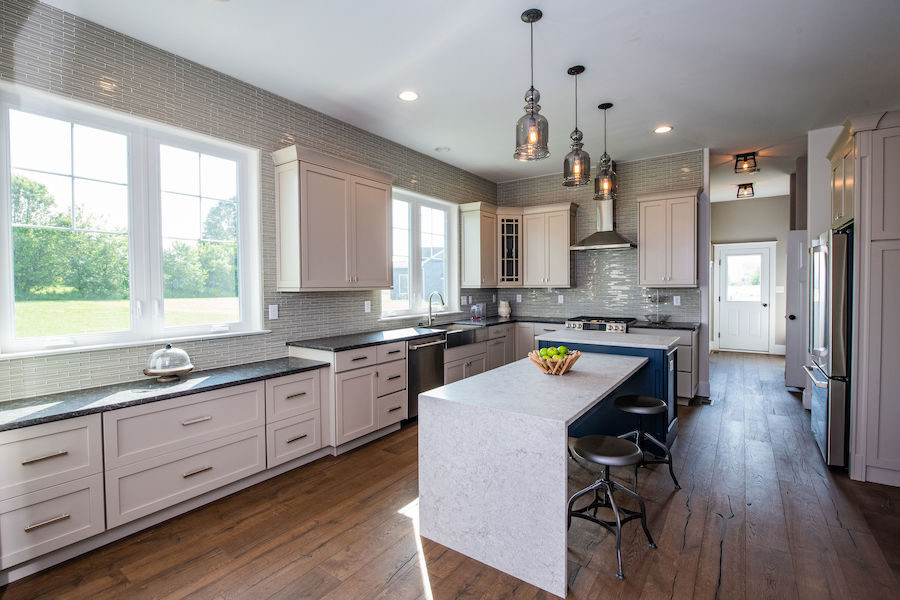
Bedroom Layouts: Creating a Sanctuary for Rest & Relaxation
Bedrooms should be sanctuaries that promote restful sleep and relaxation. The placement of the bed is paramount—ideally, it should be accessible from both sides and positioned to allow a view of the door without being directly in line with it.
Soft, calming colors and minimal clutter create a tranquil environment. Incorporating blackout curtains and white noise machines can further enhance the restful atmosphere.
Home Office Layouts: Boosting Productivity and Focus
A thoughtfully designed home office can significantly impact productivity and focus. Desk placement is crucial; it should face a window for natural light or a wall to minimize distractions. Ergonomic furniture is essential for maintaining comfort during long work hours.
Proper natural and artificial lighting can reduce eye strain and keep the workspace inviting. Personal touches like plants or artwork can make the space more pleasant and motivating.
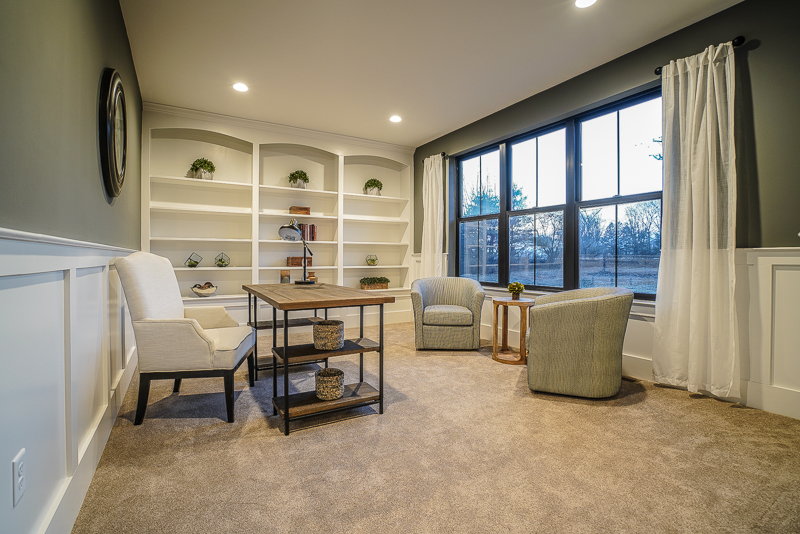
Children’s Room Layouts: Supporting Growth and Creativity
The layout of a child’s room can influence their development and creativity. Flexible spaces that adapt to different activities—play, study and rest—are ideal. Multi-functional furniture, such as bunk beds with desks underneath, can save space and provide dedicated areas for various tasks. Vibrant colors and playful decor can stimulate creativity, while plenty of storage helps keep the room organized and clutter-free.
General Tips for All Room Layouts
Lighting
Both natural and artificial lighting are crucial in creating a positive atmosphere. Natural light can boost mood and productivity, while well-placed artificial lighting can highlight features and create a cozy environment.
Color Psychology
Colors have a profound impact on mood. Warm colors like reds and yellows can energize a space, while cool colors like blues and greens promote relaxation. Using color strategically can enhance each room’s intended function.
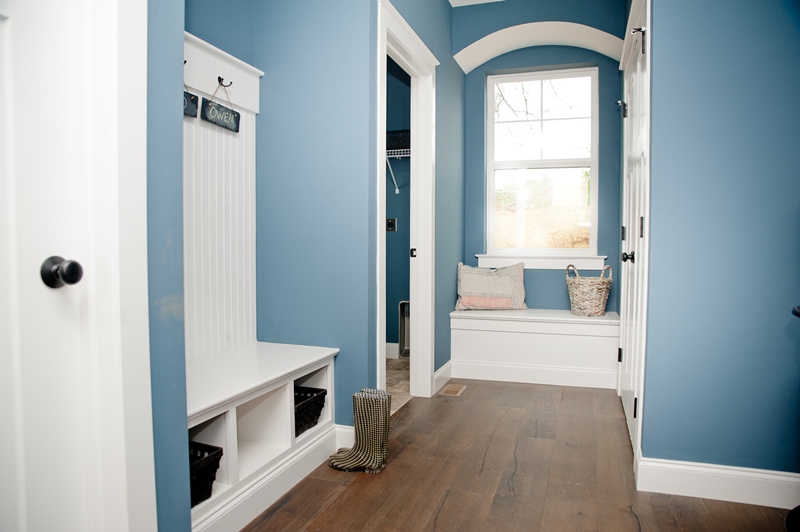
Decluttering and Organization
A clutter-free space can significantly reduce stress and improve mental clarity. Regularly organizing and decluttering each room can create a more serene and inviting environment.
Designing for a Better Life
Thoughtful room layouts can profoundly influence well-being and quality of life. By applying principles of room layout psychology, homeowners can create beautiful spaces and support mental and emotional health.
At Rotelle Studio(e), we specialize in designing homes that enhance your lifestyle through thoughtful, personalized layouts. Visit us to discover how our unique design/build experience can create the perfect dream home for you and your family in fabulous Pennsylvania!
